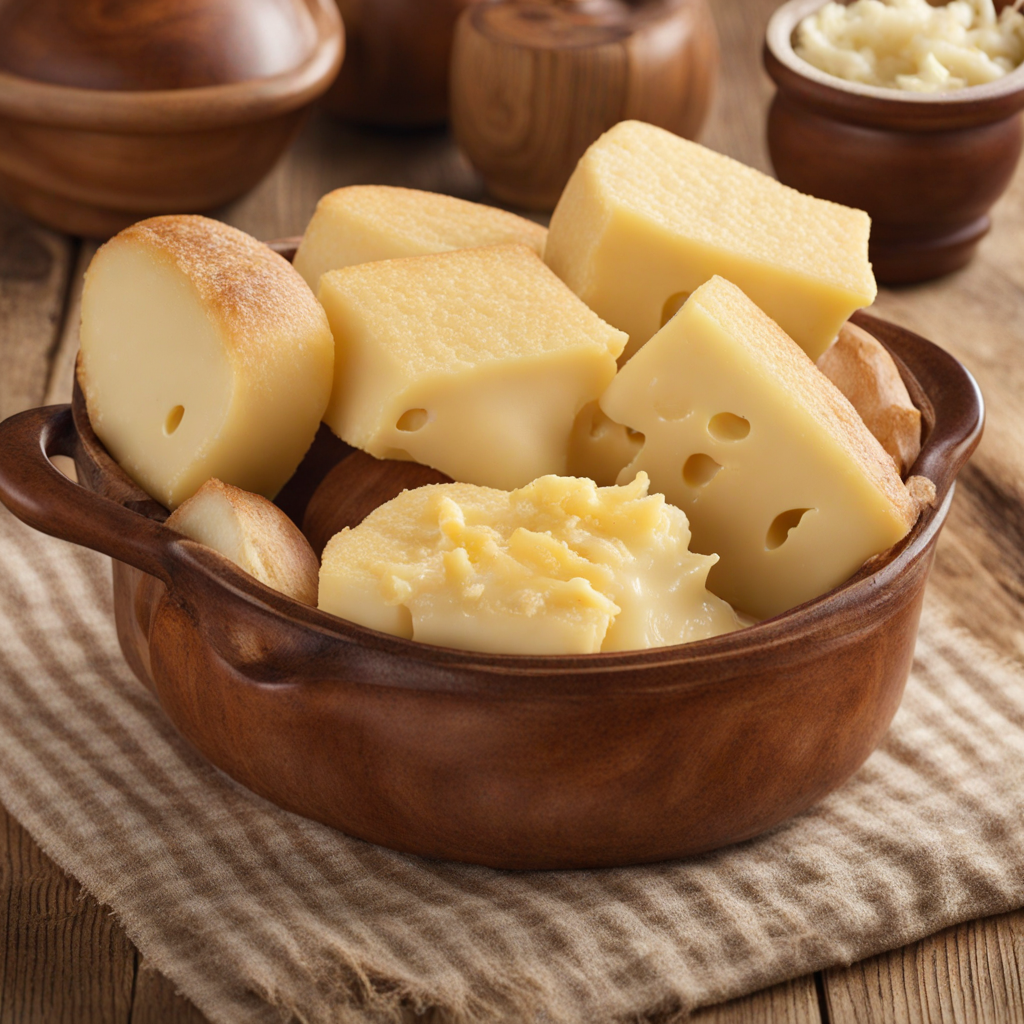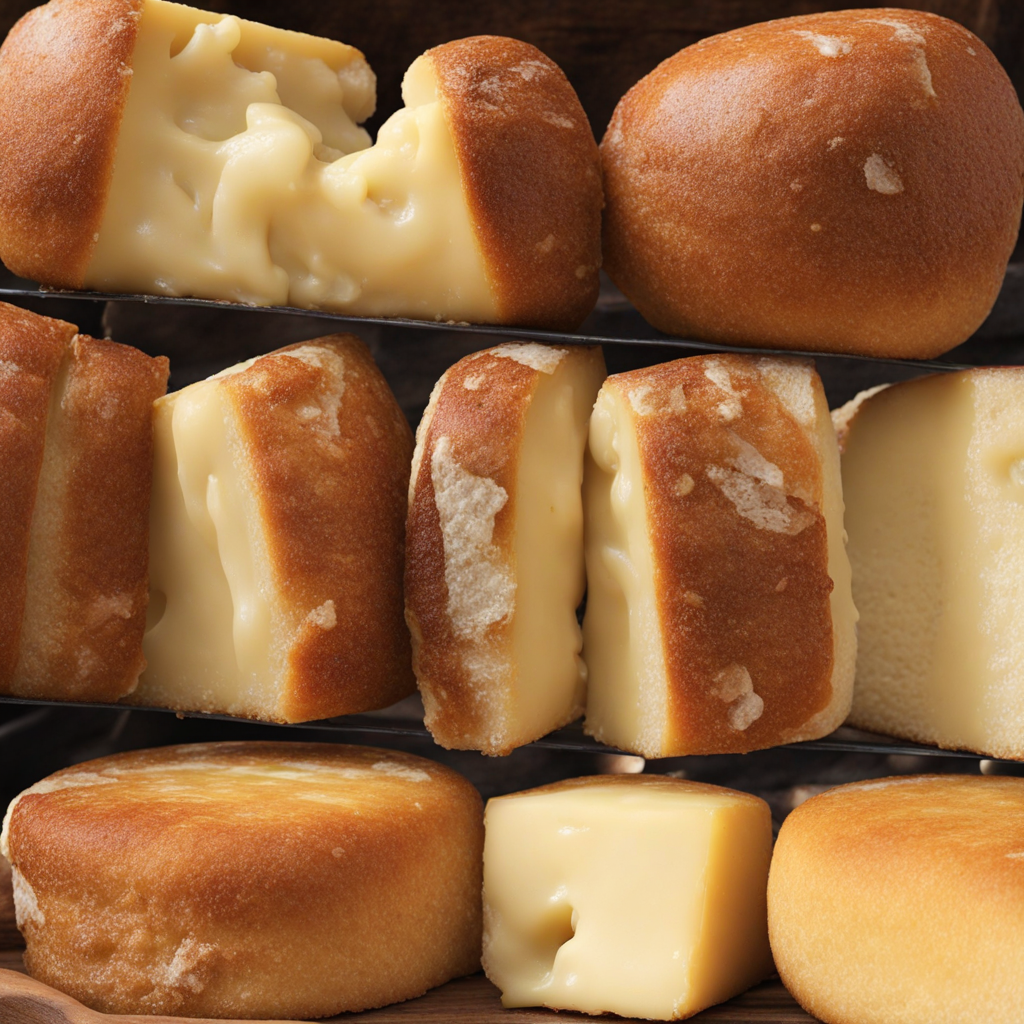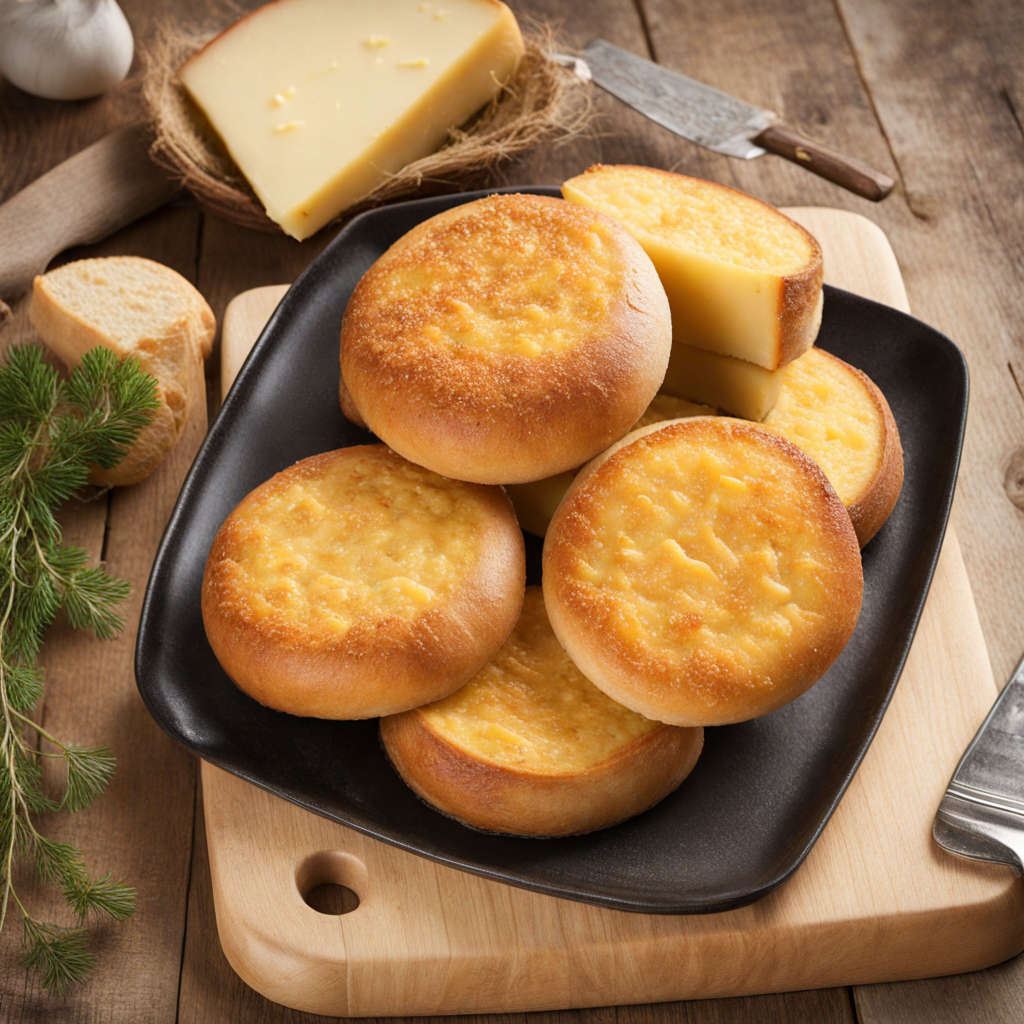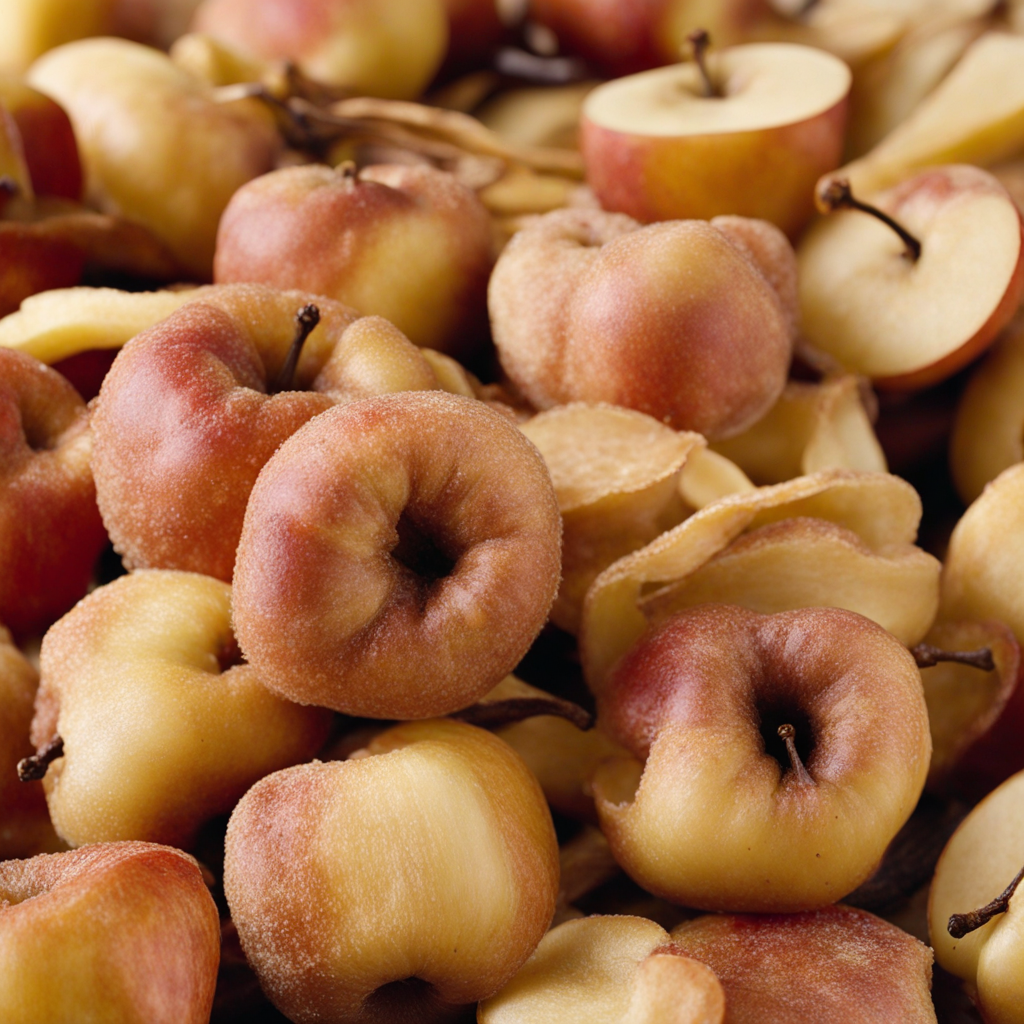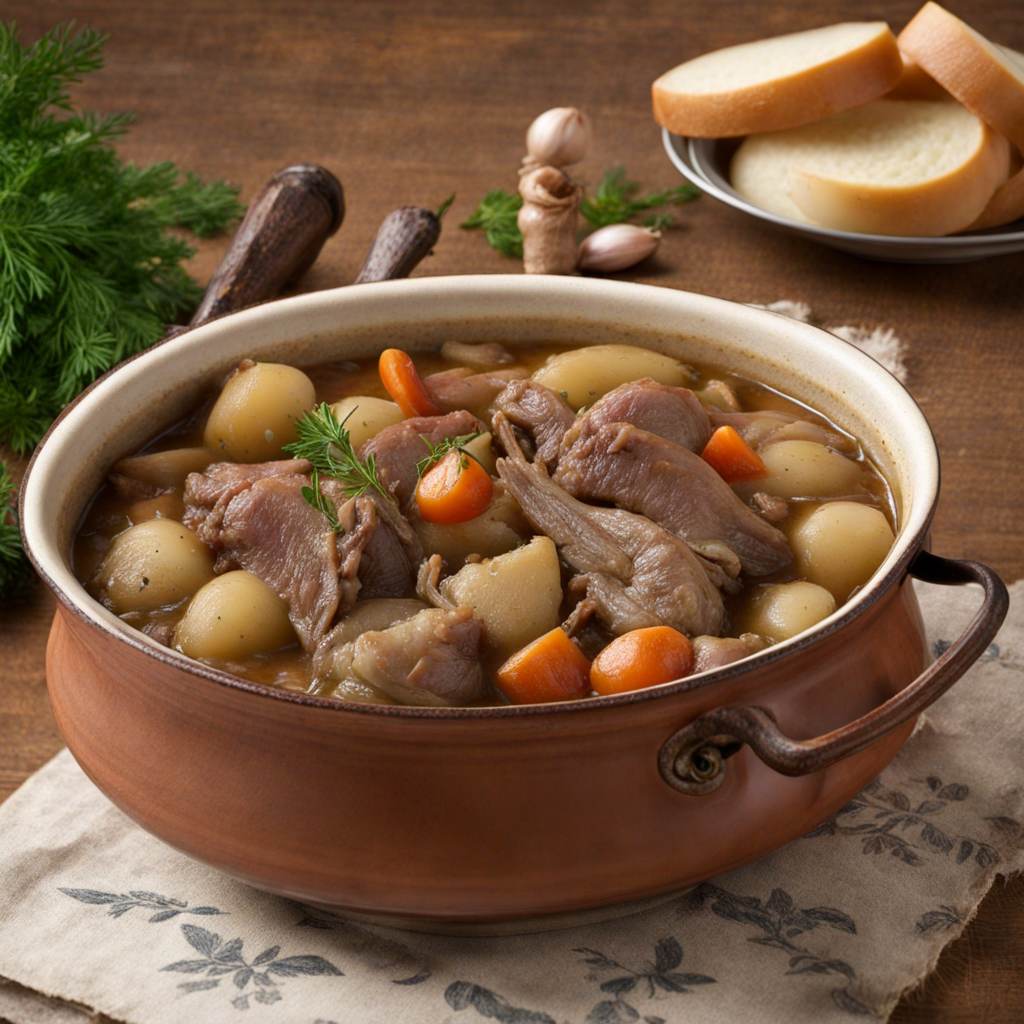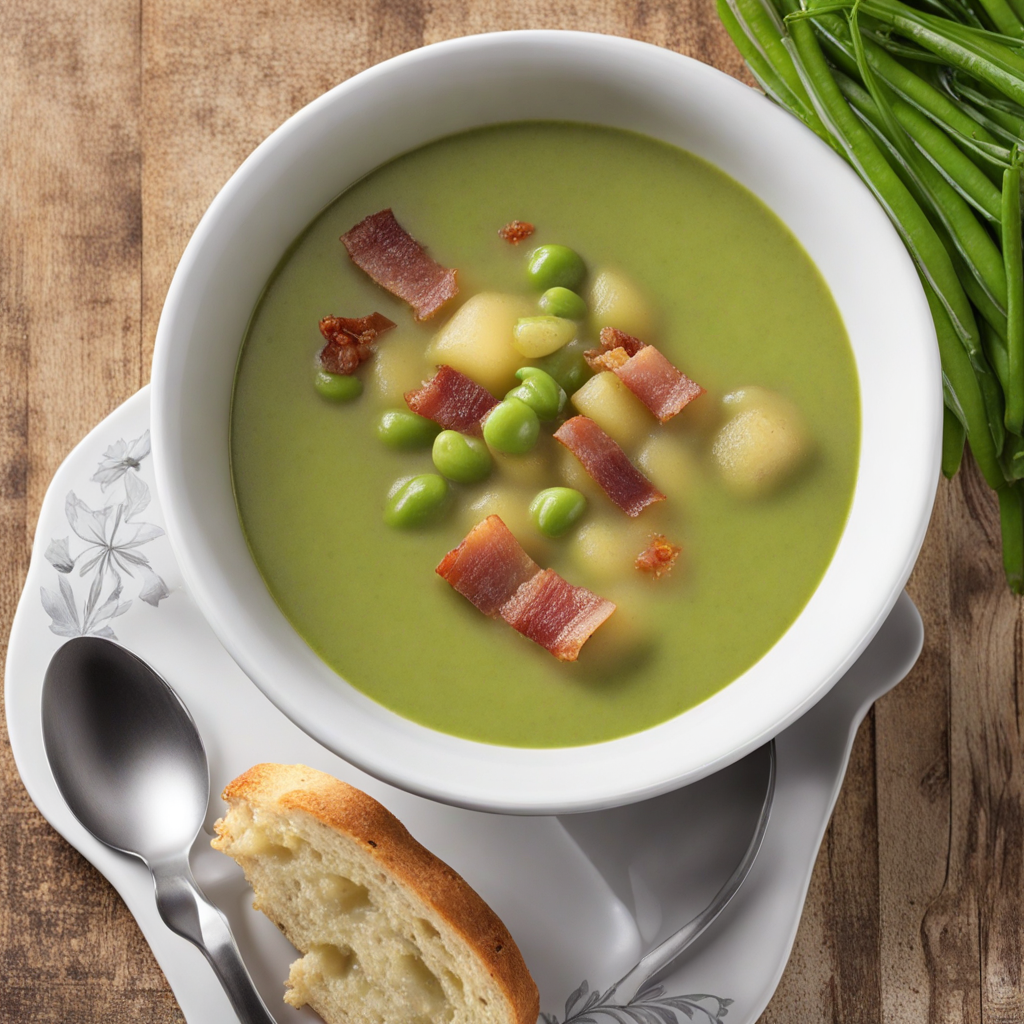Kachkéis
Kachkéis, also known as "Kachkéis," is a traditional Luxembourgish cheese spread that embodies the rich culinary heritage of the Grand Duchy of Luxembourg. This unique spread has its roots deeply embedded in the rural traditions of the region, where dairy farming has been a cornerstone of local agriculture. Historically, Kachkéis emerged as a practical solution for utilizing surplus milk, particularly in the springtime when cows would produce more milk than could be consumed fresh. Over time, it evolved into a beloved staple, often served as an appetizer or snack, enjoyed by locals and visitors alike. The flavor profile of Kachkéis is distinctive and complex, characterized by a creamy, tangy taste that is both rich and refreshing. The spread typically carries a mild, slightly sour note, reminiscent of fresh curds, which is often enhanced by the addition of various herbs and spices. Common seasonings include garlic, chives, and sometimes even caraway seeds, which contribute to its multifaceted flavor. This delightful blend of flavors makes Kachkéis a versatile accompaniment, pairing beautifully with crusty bread, fresh vegetables, or as part of a charcuterie board. Preparation of Kachkéis is relatively straightforward, yet it requires a careful approach to ensure the right texture and flavor balance. The primary ingredient is quark, a fresh dairy product that resembles a cross between yogurt and cottage cheese. To make Kachkéis, quark is first drained to achieve the desired thickness.
How It Became This Dish
Kachkéis: A Culinary Journey Through Luxembourg's History Kachkéis, a beloved traditional dish from Luxembourg, is more than just a food item; it is a testament to the country’s rich culinary heritage and cultural identity. This unique dish, often characterized by its creamy texture and subtle flavors, has a storied past that reflects Luxembourg's agricultural practices, local ingredients, and evolving culinary landscape. To understand Kachkéis is to delve into the history and culture of Luxembourg itself. #### Origins of Kachkéis The name "Kachkéis" is derived from the Luxembourgish words "Kach" meaning "to cook," and "Kéis" meaning "cheese." This dish is essentially a type of cheese spread, often made from fresh cow's milk cheese, which has been a staple in Luxembourg’s gastronomy since the agricultural communities of the region began to flourish. The origin of Kachkéis can be traced back to the rural traditions of Luxembourg, where dairy farming played a crucial role in the local economy. As early as the Middle Ages, monasteries were known for their cheese-making techniques, passing down recipes and methods through generations. The fertile lands of the Grand Duchy, characterized by rich pastures and a favorable climate for livestock, allowed for abundant dairy production. It is believed that Kachkéis emerged as a practical way to utilize surplus milk and cheese, transforming it into a spreadable form that could be enjoyed on bread or as part of a meal. #### Cultural Significance Kachkéis is more than just a delicious spread; it is woven into the cultural fabric of Luxembourg. Often prepared at home, it embodies the spirit of communal cooking and the sharing of meals among family and friends. Traditionally, Kachkéis is enjoyed as part of a simple yet hearty breakfast or as a snack during social gatherings. It symbolizes the warmth of Luxembourgish hospitality and the importance of local ingredients. In Luxembourg, food is a marker of identity. Kachkéis, with its regional roots and traditional preparation methods, is a source of pride for many Luxembourgers. It is often associated with family gatherings, local festivals, and holiday celebrations, making it a significant part of the country’s culinary traditions. The dish has also become a symbol of Luxembourg’s agricultural heritage, reflecting the close relationship between the land and the people who inhabit it. #### Preparation and Variations The traditional preparation of Kachkéis involves using fresh, high-quality cow's milk cheese, which is typically mixed with various ingredients to enhance its flavor. Common additions include cream, herbs, garlic, or local spices, depending on regional preferences and personal recipes. The mixture is then whipped or blended to achieve a smooth, creamy consistency that is easy to spread. Over time, Kachkéis has seen various adaptations and interpretations. While the traditional recipe remains popular, modern variations have emerged, incorporating different types of milk, such as goat or sheep, as well as innovative flavor combinations. Some contemporary chefs and home cooks have begun to experiment with ingredients like sundried tomatoes, nuts, or even exotic spices, bringing a fresh twist to this classic dish while still honoring its roots. The rise of artisanal food movements has also contributed to the evolution of Kachkéis. Local producers and cheesemakers are increasingly focused on sustainable practices and high-quality ingredients, leading to a resurgence of interest in traditional recipes. Farmers' markets and gourmet shops now feature locally made Kachkéis, allowing consumers to experience the authentic flavors of Luxembourg. #### Kachkéis in Modern Times As Luxembourg has become more cosmopolitan and its culinary scene diversified, Kachkéis has retained its status as a cherished dish. It can be found on the menus of traditional Luxembourgish restaurants as well as in contemporary bistros that celebrate local cuisine. The dish is often served alongside freshly baked bread, pickles, or cured meats, making it a versatile addition to any meal. In recent years, Kachkéis has also garnered attention beyond Luxembourg's borders. Food enthusiasts and travel bloggers have highlighted the dish as part of their explorations of Luxembourg's culinary landscape. This increased visibility has sparked interest in Luxembourgish cuisine and encouraged more people to seek out authentic experiences when visiting the country. Kachkéis has also found a place at international food festivals and cultural events, where it is showcased alongside other Luxembourgish specialties. These events serve to promote not only Kachkéis but also the broader culinary heritage of Luxembourg, allowing a global audience to appreciate the country’s unique flavors and traditions. #### Conclusion Kachkéis is more than just a simple cheese spread; it is a reflection of Luxembourg's history, culture, and agricultural practices. From its humble origins in rural kitchens to its place on modern tables, this dish encapsulates the essence of Luxembourgish hospitality and the importance of local ingredients. As Kachkéis continues to evolve, it serves as a reminder of the deep-rooted traditions that shape Luxembourg's culinary landscape. In a world increasingly driven by globalization and fast food, Kachkéis stands as a symbol of the importance of preserving culinary heritage. It invites us to slow down, appreciate the ingredients, and connect with the stories behind the food we eat. Whether enjoyed in a cozy Luxembourgish kitchen or on a plate at an international food festival, Kachkéis remains an enduring emblem of a nation's identity, inviting all who taste it to partake in its rich history.
You may like
Discover local flavors from Luxembourg


